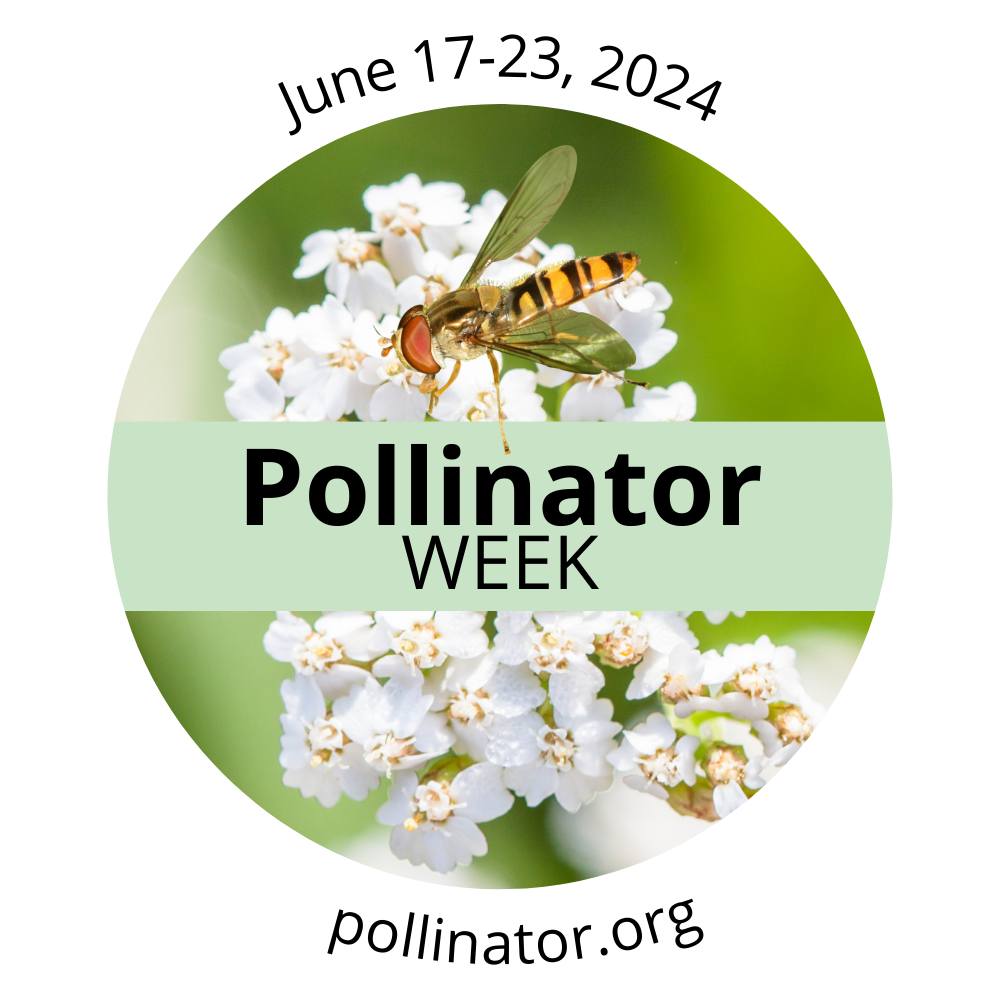
This year for Pollinator Week (6/17 – 6/23) we’re doing a 7-part series about native pollinators on Edisto Island!
Today let’s dive into one special group of pollinators, the Butterflies. Butterflies are a subset of the moths, the superfamily Papilionoidea. Butterflies all share 2 common features: they fly during the day and have “clubbed” antennae. In the Lowcountry, we have about 130 species of butterfly, which come in a wide array of sizes, colors, shapes, behaviors, and life histories.
Butterflies, to be frank, are mediocre pollinators. They have a long, prehensile proboscis to sip nectar out of flowers at a distance. This means they don’t walk around on flowers much and don’t pick up a lot of pollen. Some plants are specialized for butterfly pollination but, generally, butterflies aren’t moving all that much pollen around. Yet, butterflies have 3 special characteristics that make them valuable to pollinator habitat conservation.

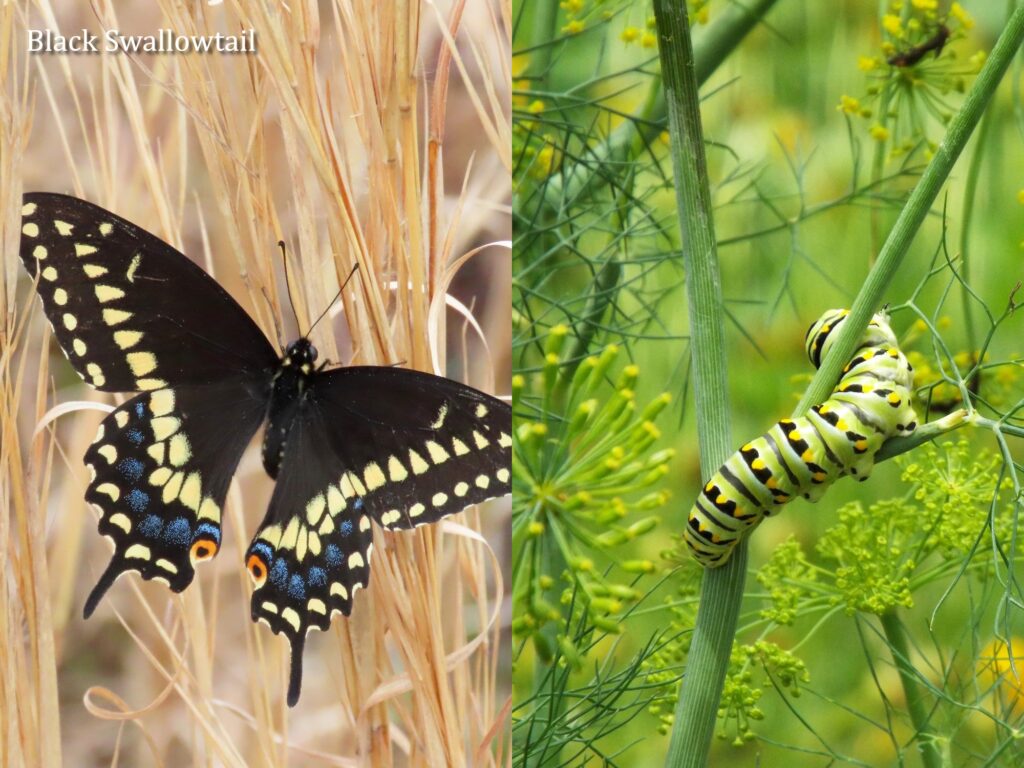
First, butterfly caterpillars feed on plant leaves. This makes butterflies a plant “pest” in some ways but, in reality, they and moths serve as a natural check-and-balance for native plants. If one plant has a banner year, moth and butterfly populations spike, eating more of that plant and keeping it in check, so it doesn’t dominate a habitat. In turn, wasps eat these caterpillars so they themselves don’t get out of hand.
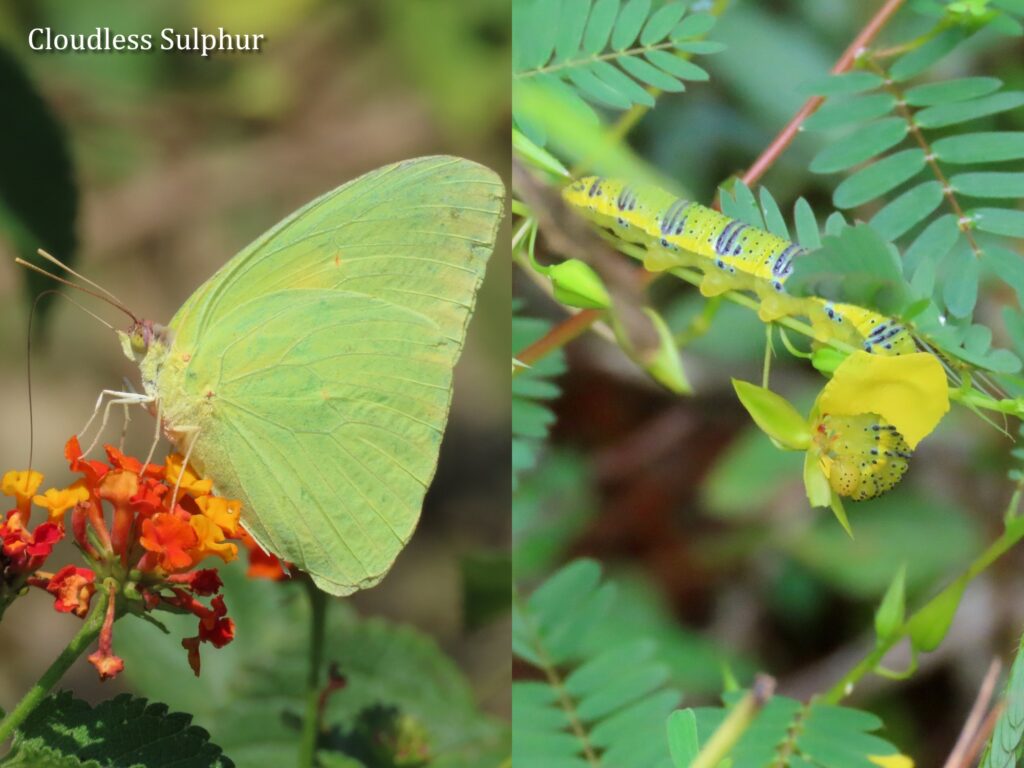

Second, butterflies are a great indicator species for the health of a pollinator habitat or ecosystem. Butterflies are also easy to spot and identify, which is important for indicator species. Butterflies respond quickly to environmental changes, weather, and climatic trends. So, their populations follow conditions that ecologists want to keep track of. Being plant eaters, they are also sensitive to insecticide and herbicide use, declining faster than other species and indicating a problem sooner.
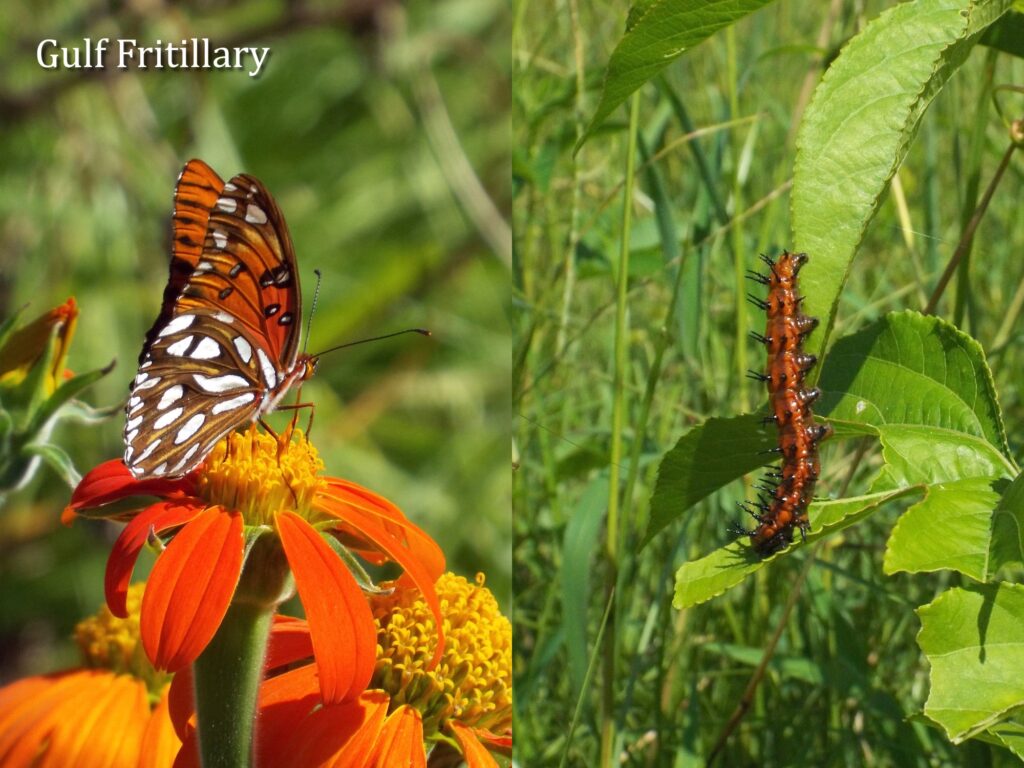
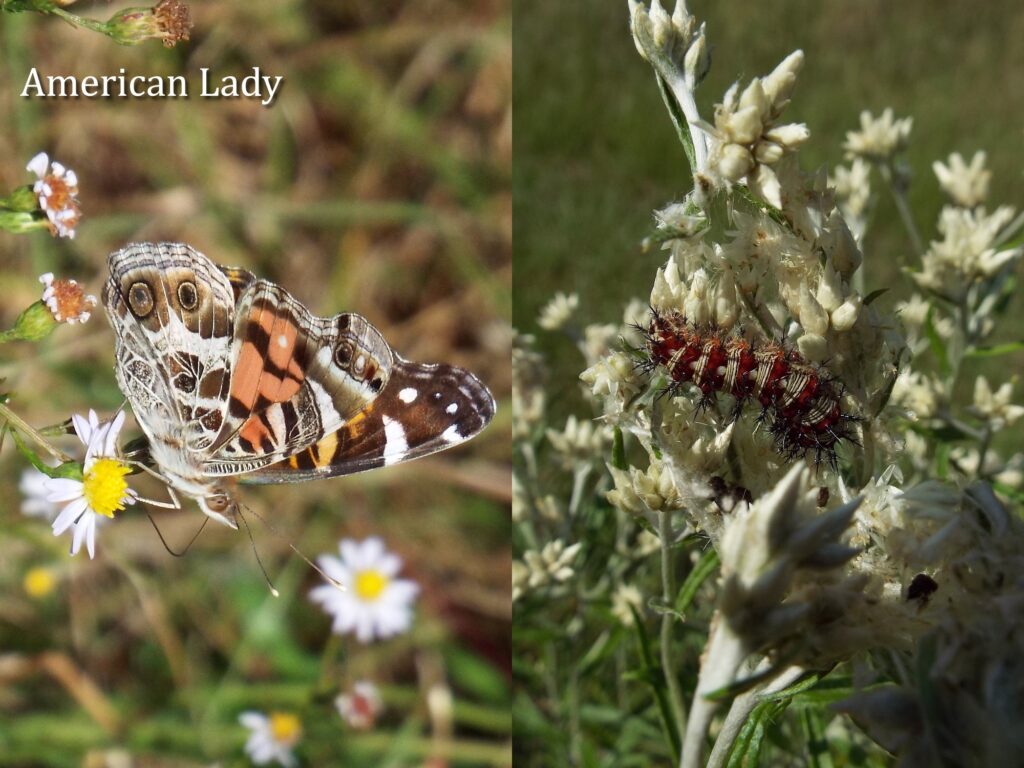
Third, butterflies are the quintessential pollinator ambassador for folks. They’re big, they’re pretty, they’re easy to watch, they’re harmless, and can be raised from egg to adult in a classroom terrarium. Their herbivorous caterpillars demonstrate the inextricable link between insects and plants and their adults like the same big pretty flowers we humans love to plant. They’re the poster children of pollinator conservation.